Even though Little India, or Phahurat Market, is a tiny neighborhood in Bangkok, it is located in Chinatown and is one of the city’s most important cultural centers. A vibrant corner of Bangkok, where traditions, tastes, and rich history come together, has the most prominent Indian community.
Whether a traveler or a local, it doesn’t matter who you are; Little India Bangkok is an unforgettable adventure, and we are your guides.
But this is just the beginning; I would like to show you around Little India’s charming streets. This post gives you an overview of the city, its history, rich cultural tapestry, markets, mouthwatering Indian cuisine, iconic landmarks, vibrant festivals, and all the details you need to know.
Little India History :
Little India has been a place of rich ethnic diversity since waves of Indian immigrants settled there in the late 19th century. Among the Indian diaspora in Bangkok were traders, entrepreneurs, and laborers with different languages, customs, and traditions. Indian merchants contributed significantly to the establishment of Little India in Bangkok as it developed into a major international trading center.
There is no better place to experience Thai and Indian cultures than Little India, with its vibrant streets, colorful shopfronts, and stunning religious architecture. Despite their strong ties to home, Indians play an important role in Bangkok’s cultural diversity. Various spiritual practices coexist in Little India, including Hinduism, Islam, and Sikhism. Different festivals, customs, and cultural events are celebrated in Little India, Bangkok, where visitors can learn more about Indian spirituality by visiting temples, gurdwaras, and mosques.
Visitors can experience Indian culture during these events, which range from lighting oil lamps during Diwali to splashing colors during Holi, as Little India celebrates colorful decorations and vibrant festivals throughout the year.
Little India Shopping Options:
In Little India markets, you’ll find a variety of markets and shops to suit your needs, whether you want to buy traditional Indian clothing, spices, or souvenirs. The flavors and appeal of each market are unique. Immerse yourself in Indian culture and bring a piece of this vibrant neighborhood home with you.
-
Phahurat Market: Among Little India’s markets is Phahurat Market, which features silks, saris, colorful fabrics, accessories like scarves and bracelets, and traditional jewelry; it is also known for its textiles and fabrics.
-
Spices and Groceries: The Little India market carries spices, herbs, lentils, and grains, making it possible to make authentic Indian dishes at home in Bangkok. The aroma of cardamom, cumin, and coriander fills the air.
-
Clothing and Apparel: There are shops where you can buy ready-made Indian clothing, such as dresses, kurtas, and tunics. Tailoring can also be arranged to tailor your garment to your specifications.
-
Jewelry and Accessories: These stunning pieces are often handcrafted and adorned with semi-precious stones, making them suitable for souvenirs or gifts. Little India’s markets feature Indian jewelry.
-
Street Food and Snacks: Samosas, pakoras, and chaat are delicious Indian street foods you can enjoy while exploring Little India. Various sweets, including gulab jamuns and jalebis, are also sold on the streets.
-
Religious Artifacts: A wide variety of religious artifacts and spiritual items are available at Little India, including incense and elaborate puja (prayer) accessories that make meaningful souvenirs for Indians.
-
Bargaining: Shopkeepers in the markets of Little India are usually open to negotiation, so don’t be afraid to haggle for a better deal. If you buy multiple items, you can often secure a reasonable price.
-
Market Exploration: Explore the markets on foot, allowing you to navigate through narrow lanes and vibrant stalls. Let yourself be overwhelmed by the vivid colors, sounds, and scents.
Food and Drink Options:
In Little India in Bangkok, you can sample a variety of mouthwatering dishes and traditional delights, taking you on a flavorful tour of Indian cuisine. It doesn’t matter if you’re an Indian food lover or a first-time explorer, Little India in Bangkok offers an unforgettable dining experience. It is more than just satisfying hunger.
1. Biryani: You can begin your culinary journey with aromatic biryani. This fragrant rice dish is often prepared with tender meat or vegetables, infused with saffron and cardamom.
2. Dosa: The crispy, savory dosa is a South Indian specialty that shouldn’t be missed. These thin crepe-like delights are usually served with chutneys and spicy sambar.
3. Butter Chicken: Known for its rich, creamy tomato-based curry, butter chicken is a popular North Indian dish. The succulent chicken pieces are marinated in a sweet buttery sauce and then cooked in it.
4. Paneer Tikka: You won’t want to miss paneer tikka if you’re a vegetarian. It’s a savory appetizer made of marinated, grilled cubes of paneer (Indian cheese).
5. Naan: No Indian meal is complete without naan, a soft and fluffy bread often baked in a tandoor oven. Varieties include garlic naan, cheese naan, and plain naan, all perfect for scooping up curries and sauces.
6. Masala Chai: To complement your meal, savor a cup of masala chai, a delightful spiced tea. Its blend of aromatic spices like cardamom, cinnamon, and ginger will warm your soul.
7. Mango Lassi: Cool off with a refreshing mango lassi, a creamy yogurt-based drink blended with ripe mangoes and a touch of sweetness.
8. Street Food: In Little India, the streets come alive with delectable street food offerings. Try samosas, pakoras, and chaat – savory snacks that burst with flavors and textures. Don’t forget to indulge in sweets like gulab jamun and jalebi.
9. Local Restaurants: Small India is dotted with authentic Indian restaurants, offering regional dishes. Popular choices include Toney Restaurant, Royal India, and Bombay Blues, where you can enjoy an extensive selection of Indian cuisine in a cozy and inviting atmosphere.
Little India Sights and Attractions:
Bangkok’s Little India is not only a place to indulge your taste buds, but also a treasure trove of cultural and historical landmarks. The following are some of the must-see sights and attractions:
1. Sri Maha Mariamman Temple: Featuring intricate carvings and ornate details, this Hindu temple is a beacon of spirituality and architectural beauty. Various ceremonies and rituals are held here, which provides a glimpse into Hindu traditions.
2. Gurdwara Siri Guru Singh Sabha: In Little India, the Sikh temple is a quiet retreat from the city’s bustle. It’s the place of worship of the Sikh community and welcomes visitors. Visitors can witness the community’s devotion, listen to prayers, and even eat a communal meal called langar.
3. Phahurat Textile Market: Apart from its shopping appeal, Phahurat Market is a visual delight. The vibrant stalls selling textiles, fabrics, and clothing are a visual delight. Even if you don’t feel like shopping, you can enjoy the vibrant colors and intricate designs while strolling through the market.
4. Little India’s Mural: Look for the colorful mural adorning a building on Chakraphet Road. This artwork showcases Little India’s vibrant spirit, with depictions of traditional Indian dance and cultural motifs.
5. Tucked-Away Temples: Little India has small, lesser-known temples worth exploring. These peaceful and less crowded places of worship provide a serene atmosphere to reflect on and appreciate local customs and rituals.
6. Little India’s Architectural Gems: The neighborhood’s streets are filled with charming buildings, some with colonial influences and others showcasing Indian architectural styles. Simply strolling through these lanes can be an architectural and cultural journey.
7. Street Art and Decor: Keep an eye out for intricate street art, decorative archways, and colorful shopfronts. These add unique charm to the neighborhood and offer great photo opportunities.
8. Cultural Performances: Depending on when you visit, you might enjoy traditional Indian dance performances or music recitals. These events often take place during festivals or special occasions and provide a window into Little India’s vibrant culture.
9. Little India’s Vibrant Street Life: Sometimes, the most impressive attractions are the people and the daily life of the neighborhood. Little India is bustling with energy, and simply observing the daily activities, from street vendors selling their wares to people walking about their routines, can be a fascinating experience.
Events and Festivals:
There is more to Little India than just delectable cuisine and cultural landmarks in Bangkok; it is also a vibrant hub for a number of events and festivals throughout the year. These festivals celebrate the rich Indian heritage of Thailand and the harmonious coexistence of traditions. Here are some of the key events and festivals you can experience.
1. Diwali (Festival of Lights): Between October and November, Diwali is the Festival of Lights. During this time, dazzling decorations, oil lamps, and colored rangolis (artwork made with colored powders) take over the neighborhood. The atmosphere is positive and united, with oil lamps, candles, and dancing performances.
2. Holi (Festival of Colors): Holi, the Festival of Colors, is a joyous celebration of spring and the triumph of good over evil. It is usually celebrated in March with people of all ages smearing colored powders on others. It’s a fun-filled occasion where everyone is welcome to join in the festivities, regardless of their age or background.
3. Independence Day Celebrations: Little India celebrates Independence Day on August 15th. The community often organizes flag-hoisting ceremonies and cultural performances to commemorate this important day in India’s history.
4. Religious Celebrations: The Indian community hosts a variety of spiritual ceremonies and celebrations, including Pongal, Guru Nanak Jayanti, and various Hindu festivals. These events offer a glimpse into their spiritual practices and customs.
5. Music and Dance Performances: Throughout the year, you may see music and dance performances that showcase the diverse and vibrant cultural expressions of Little India.
With buses and trains connecting the city, Little India in Bangkok is relatively easy to reach from different parts of the city. Here’s a detailed breakdown of how to reach Little India from key areas of Bangkok:
Getting to Little India in Bangkok:
1. From Suvarnabhumi Airport:
-
Take the Airport Rail Link (ARL) from Suvarnabhumi Airport to Makkasan Station.
-
Transfer to the MRT (Mass Rapid Transit) subway system at Phetchaburi Station.
-
Take the MRT to Hua Lamphong Station, near Chinatown and a short walk from Little India.
2. From Don Mueang International Airport:
-
Take a taxi or Grab ride to Little India. The journey usually takes around 40-60 minutes, depending on traffic.
3. From Khao San Road:
-
Take a taxi or tuk-tuk to Little India, which is a short ride away. The distance is not significant, so the fare should be reasonable.
4. From Chatuchak Market:
-
Head to Mo Chit BTS (Skytrain) Station.
-
Take the BTS to Sukhumvit Station.
-
Transfer to the MRT line at Asok Station.
-
Take the MRT to Hua Lamphong Station, close to Little India.
5. From Siam Square and Pratunam:
-
Access the BTS at Siam BTS Station.
-
Take the BTS to Asok Station, where you can transfer to the MRT line.
-
Ride the MRT to Hua Lamphong Station, the station nearest to Little India.
6. From the Riverside Area:
-
If you’re staying near the Chao Phraya River, you can take a boat or ferry from Sathorn Pier or other nearby piers to Saphan Taksin BTS Station.
-
From Saphan Taksin, you can access the BTS system, head to Asok Station, and transfer to the MRT to reach Hua Lamphong Station.
7. Using Public Buses:
-
Bangkok’s public bus system is extensive. Depending on your location, you can check the available bus routes to Hua Lamphong Station, close to Little India.
8. Taxis and Tuk-tuks:
-
Taxis and tuk-tuks are readily available throughout Bangkok. Ensure the taxi meter is turned on, or agree on the fare with the tuk-tuk driver before starting your journey.
9. Ride-sharing apps:
-
Services like Grab and Uber are widely used in Bangkok, providing a convenient and transparent way to get to Little India from various parts of the city.
Once you arrive at Hua Lamphong Station, you can explore Little India on foot as it is a short walk away. The neighborhood’s compact size makes it easily navigable, allowing you to explore its vibrant streets and soak in its rich culture.
Conclusion:
Bangkok’s Little India neighborhood provides a taste of India amidst a bustling city. With its history, culture, food, and vibrant festivals, it’s a must-see destination. Discover the beauty and traditions of the Indian community while exploring Bangkok’s lively streets in a welcoming atmosphere. Plan your visit and immerse yourself in this cultural gem.


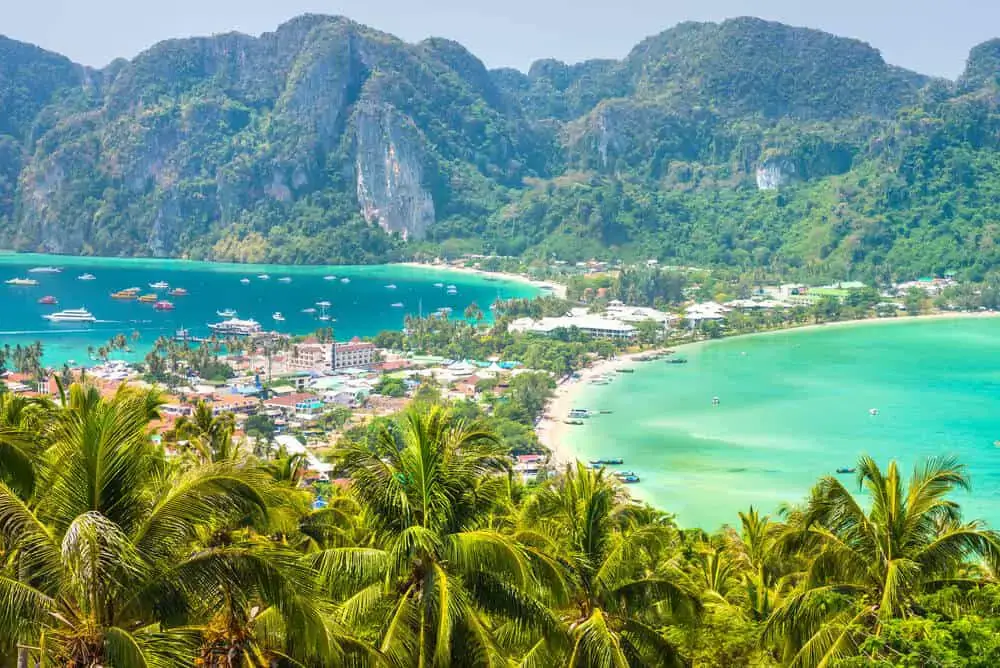
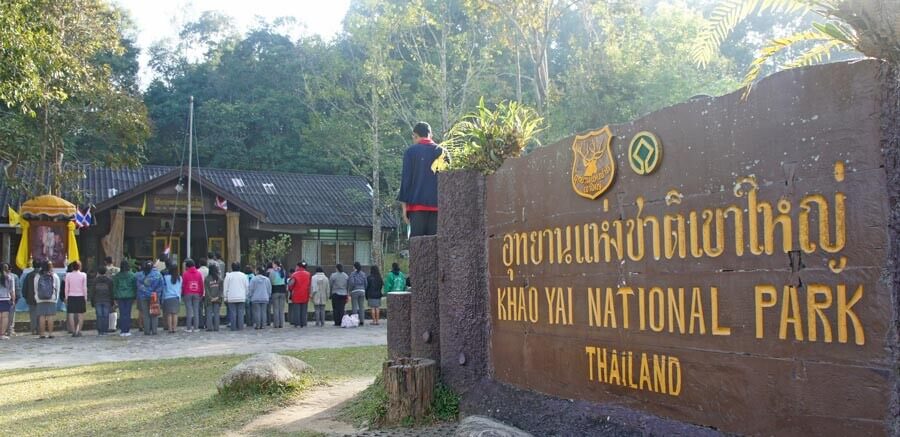
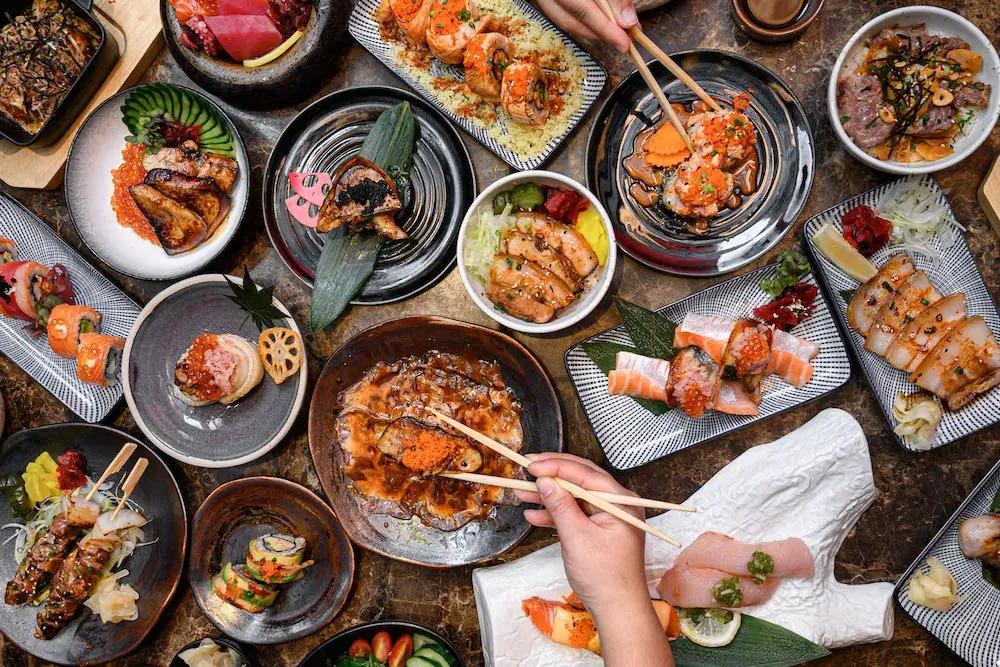
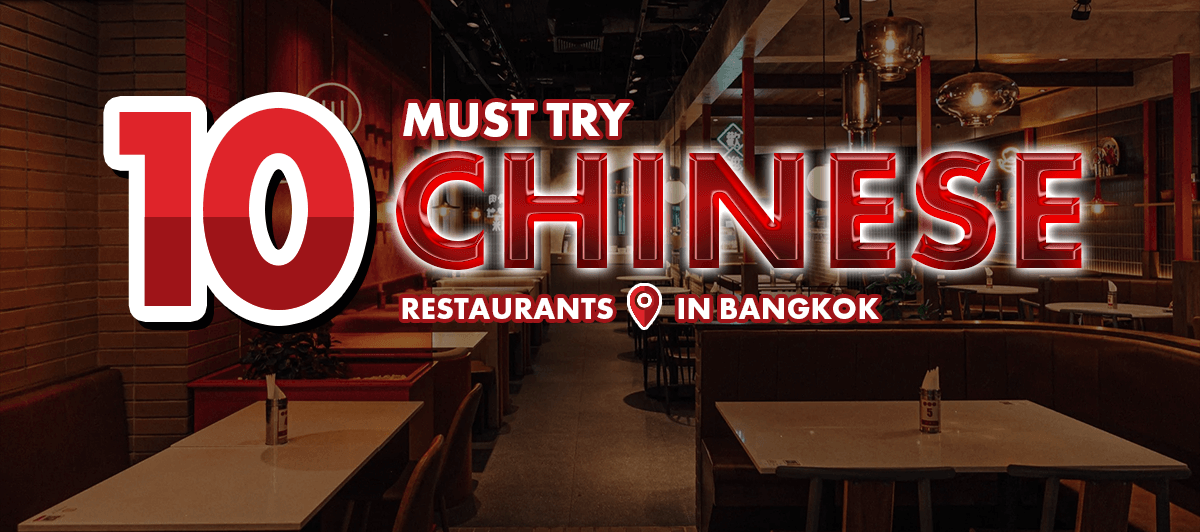
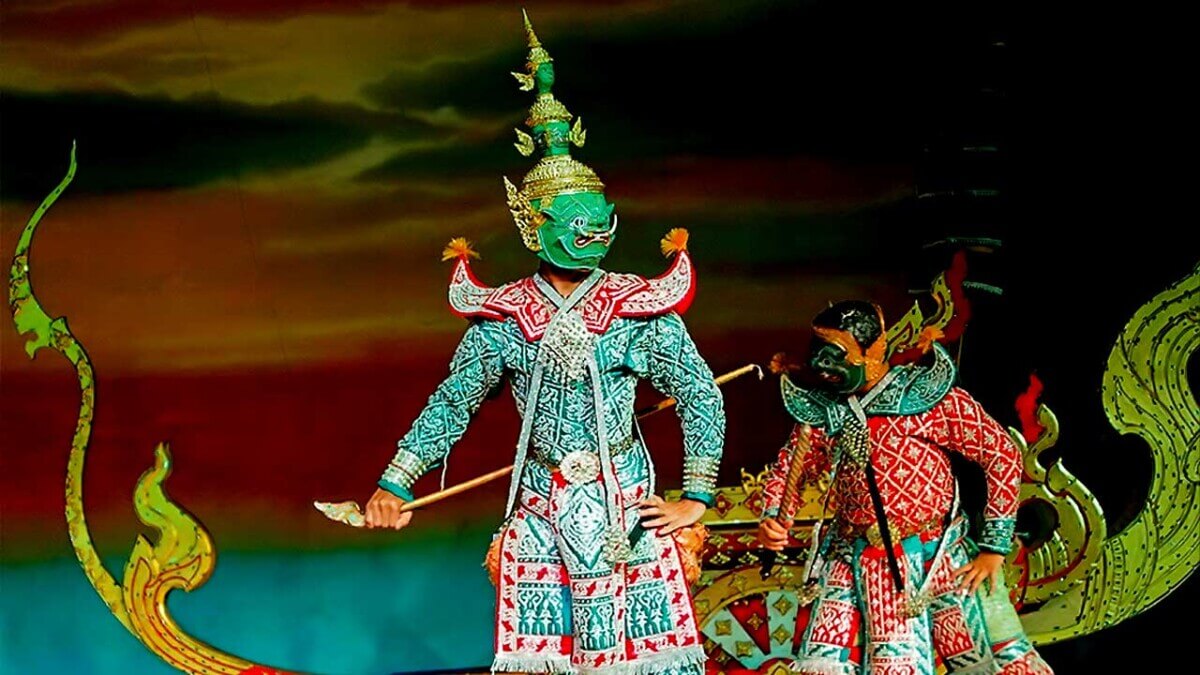
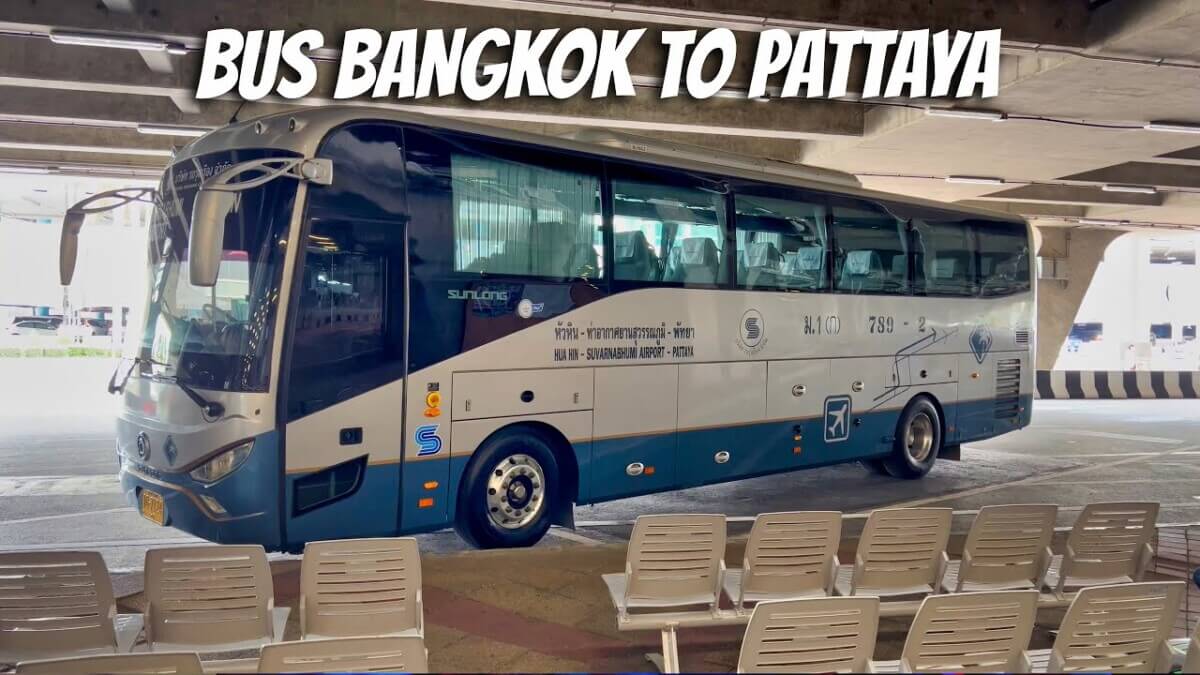
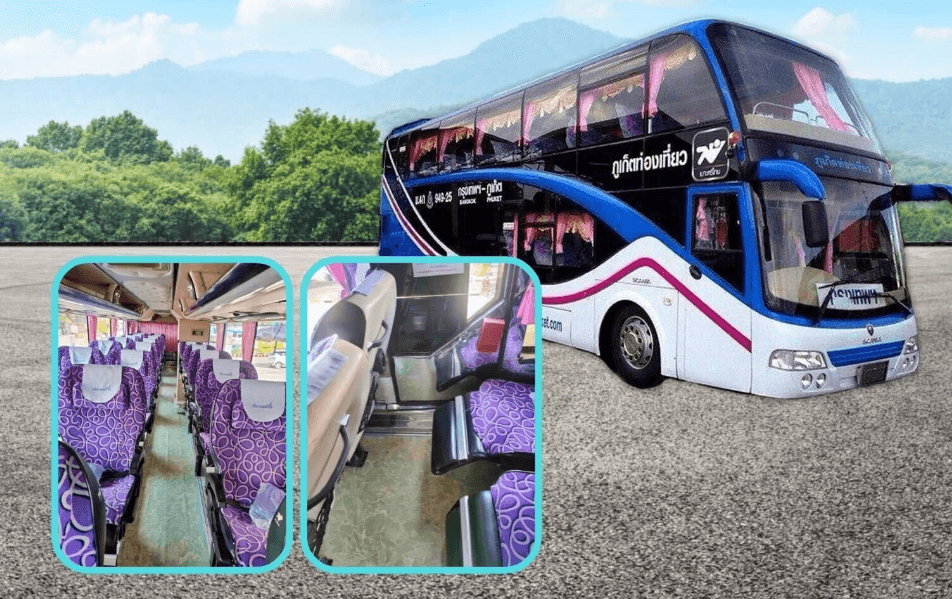

Leave a Reply